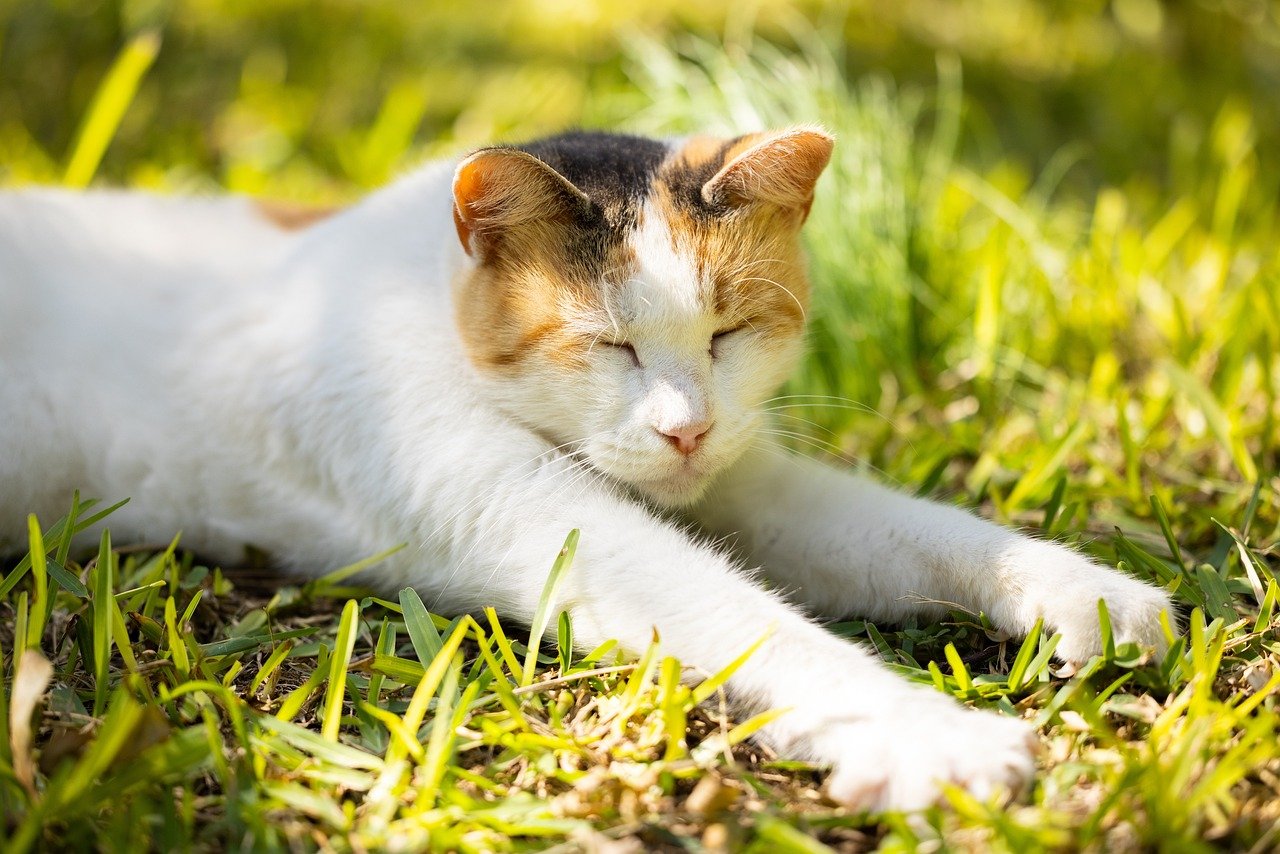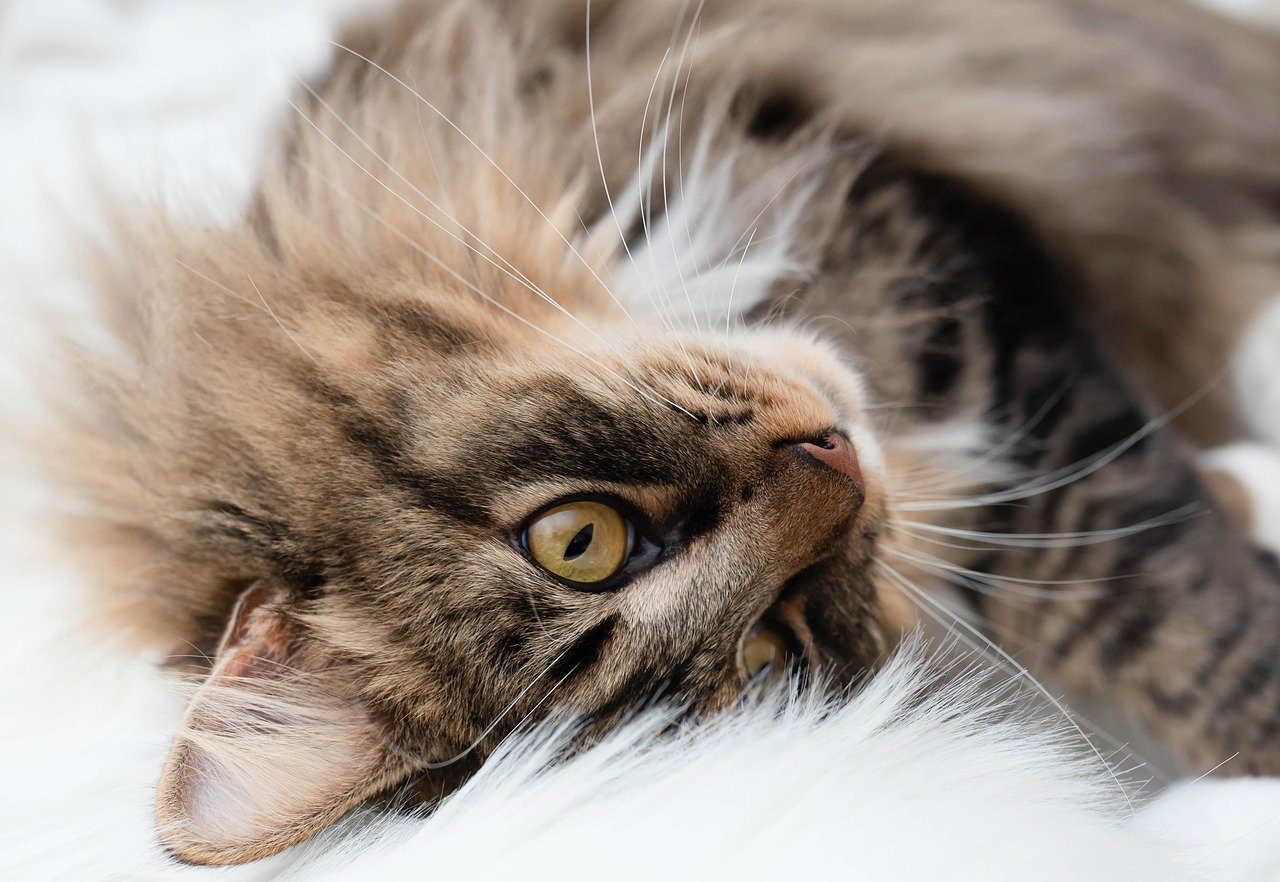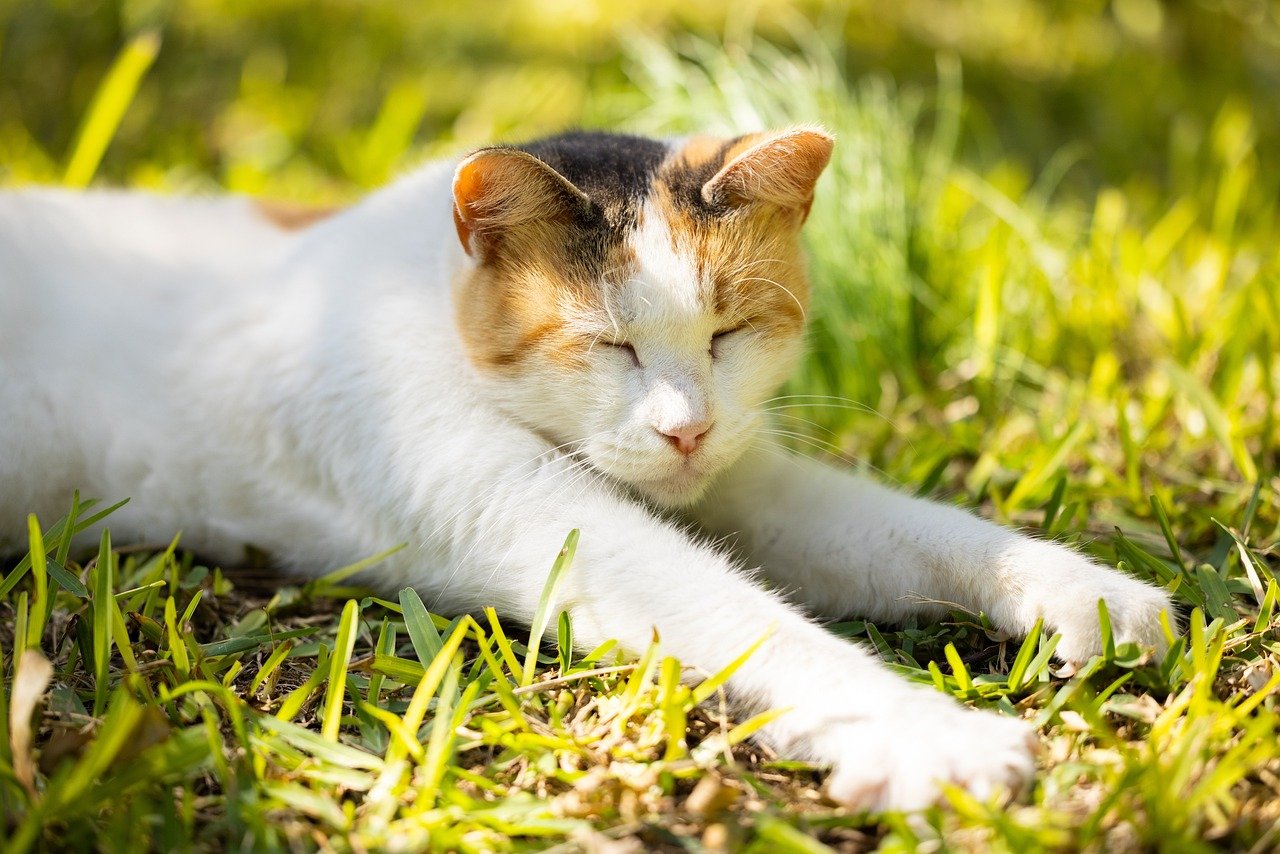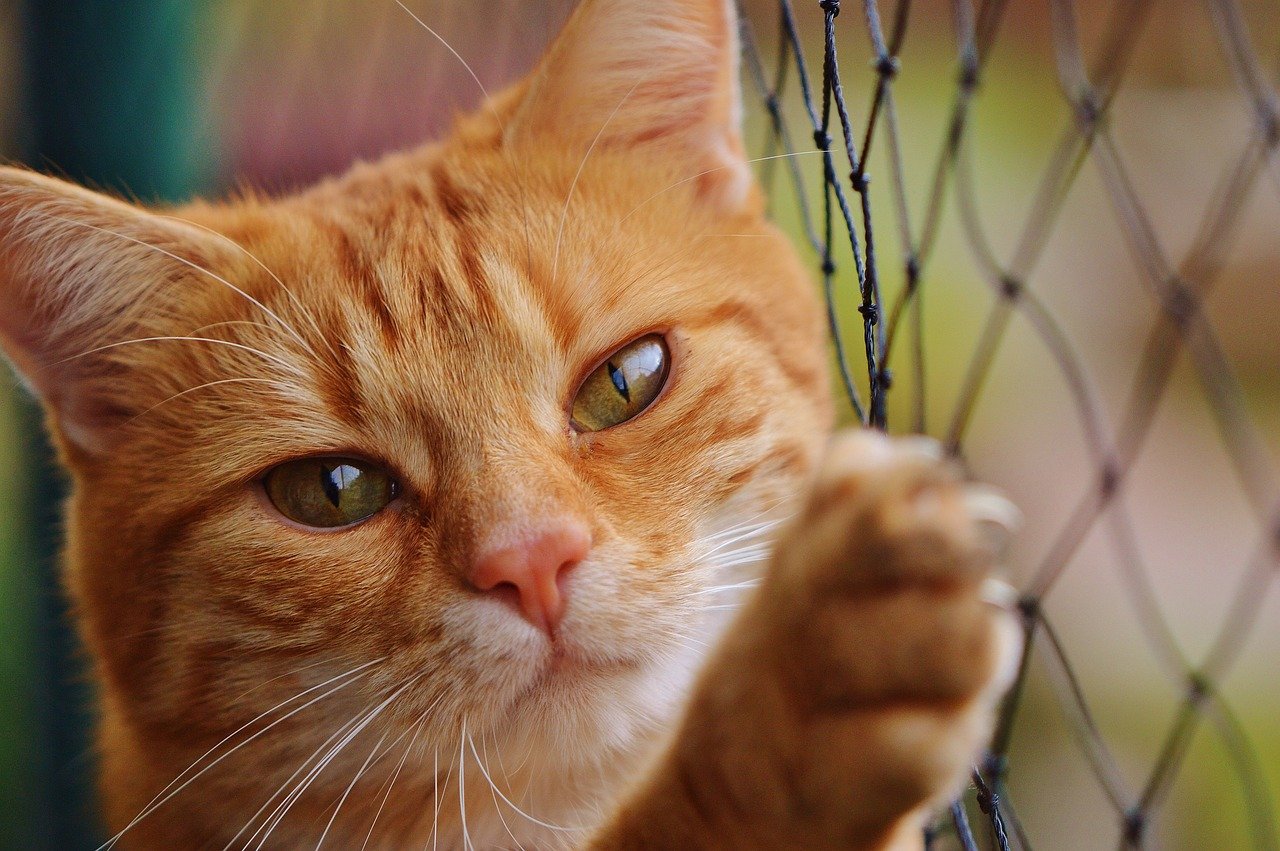Have you ever gazed into your cat’s eyes and wondered what’s going on behind that mysterious, whiskered face? Cats are often seen as aloof or enigmatic, but beneath that cool exterior lies a world of feelings, needs, and subtle communication. For anyone who loves their feline companion, there’s an irresistible desire to truly connect—to make your cat feel not just cared for, but genuinely understood. Unlocking this special bond isn’t just about treats or toys; it’s about tuning in to your cat’s unique language, respecting their boundaries, and responding to their needs in ways that make them purr with contentment. Ready to discover the secrets of feline understanding? Let’s dive into the fascinating world of what makes a cat feel truly seen and heard.
Recognizing Your Cat’s Unique Personality
Every cat is a world unto themselves. Some are bold explorers, while others prefer the safety of a quiet corner. Recognizing the unique quirks and preferences of your cat is one of the first steps in making them feel understood. Observe how your cat reacts to new people, noises, or changes in their environment. Some love to be the center of attention, while others need time to warm up. By seeing your cat as an individual rather than a stereotype, you send the message: “I see you for who you are.” This simple but profound recognition lays the foundation for trust and comfort.
Learning the Art of Feline Body Language

Cats communicate volumes through their bodies, and learning to read these signals can feel like unlocking a secret code. A slow blink can mean trust, while a flicking tail might signal irritation. Ears pinned back or a crouched posture could indicate fear or discomfort. Take time each day to observe how your cat moves and reacts. This focus on nonverbal cues helps strengthen your bond, letting your cat know that you’re attentive to their feelings, not just their actions. It’s like learning a dance where every movement counts.
Responding Gently to Vocalizations
From chirps to meows to trills, your cat’s vocalizations offer clues about their mood and needs. Some cats are chatty, while others are more reserved, but all use their voices to communicate with trusted humans. When your cat meows, try responding softly or mimicking their tone. This playful exchange can help your cat feel heard. Listening to their vocalizations and even talking back—yes, even if you feel a bit silly—shows that you respect their efforts to communicate and are willing to meet them halfway.
Respecting Personal Space and Boundaries
Cats are masters of setting boundaries, and honoring these is crucial to building trust. Never force attention on a cat who wants to be alone. Instead, let your cat come to you. If they retreat under the couch or into another room, give them time to decompress. By respecting their need for space, you show that you understand their comfort zones and won’t push them. This respect often leads to a more confident, affectionate cat over time.
Creating a Safe and Predictable Environment
Stability means everything to a cat. Sudden changes, loud noises, or chaotic movements can make them anxious. Establish routines for feeding, play, and quiet time to help your cat feel secure. Cats thrive when they know what to expect, so keep their environment as predictable as possible. This sense of stability reassures your cat that their world is safe, which is a core part of feeling understood and cared for.
Offering the Right Type of Affection

Not all cats want cuddles, and some prefer a gentle chin scratch to a full-body hug. Pay close attention to how your cat reacts to different forms of touch. Some cats lean into petting, while others shy away after a few strokes. By tailoring your affection to your cat’s preferences, you show that you’re listening to their signals and honoring their wishes. This personalized affection means much more to your cat than any generic gesture.
Providing Opportunities for Play and Exploration
A cat’s natural curiosity and hunting instincts need outlets. Interactive play with toys, puzzle feeders, or even a cardboard box can offer mental and physical stimulation. When you notice which games excite your cat the most, you’re not just entertaining them—you’re engaging with their unique interests. Creating a playful environment tells your cat you value their joy and well-being, deepening your mutual understanding.
Understanding the Importance of Scent

For cats, scent is a powerful means of communication and comfort. They mark their territory by rubbing their cheeks on furniture or on you. Providing familiar-smelling bedding or toys can help your cat feel at home. Avoid using strong or unfamiliar scents in their space, as this can cause stress. By respecting your cat’s scent world, you show that you appreciate the subtleties of their comfort and sense of belonging.
Meeting Nutritional and Dietary Preferences
Every cat has their own taste preferences and dietary needs. Some are picky eaters, while others have allergies or sensitivities. Paying attention to what your cat enjoys eating, and providing a balanced diet, can make them feel cared for and understood. Watch for signs of hunger, fullness, or dislikes, and adjust their meals accordingly. A cat who feels satisfied and healthy knows their human is attuned to their needs.
Supporting Quiet Time and Solitude
Cats often recharge by spending time alone, away from the hustle and bustle. Make sure your cat has cozy spots where they can retreat undisturbed. Whether it’s a high perch, a covered bed, or a sunny windowsill, these sanctuaries are essential for their emotional health. Supporting your cat’s need for solitude demonstrates that you respect their inner world and understand when they need a break from interaction.
Ensuring Gentle and Respectful Grooming
Grooming can be a bonding experience, but only if it’s done gently and at your cat’s pace. Use soft brushes and start with short sessions, paying attention to areas your cat enjoys most. If your cat dislikes being brushed, try alternative methods like grooming mitts or even letting them groom themselves. By making grooming a positive, stress-free experience, you show empathy for your cat’s comfort and boundaries.
Responding Calmly to Fear or Stress
Cats can become frightened by new situations, loud sounds, or unfamiliar people. When you notice signs of fear—like flattened ears, wide eyes, or a puffed tail—respond calmly and with reassurance. Avoid chasing or cornering your cat. Instead, speak softly and give them space to recover. Your calm response teaches your cat that you’re a safe presence, even when they’re scared, fostering deeper trust.
Encouraging Healthy Socialization
Some cats crave companionship, while others are more solitary. Pay attention to how your cat interacts with other pets or people. If they’re shy, introduce new faces slowly and without pressure. If they’re social, arrange for gentle, supervised playdates. By respecting your cat’s social preferences, you help them feel understood and at ease, whether they’re a party animal or a lone wolf.
Communicating Through Routine and Ritual
Cats love predictability, and daily routines can be a powerful way to connect. Set regular times for meals, play, and cuddles. Even simple rituals—like greeting your cat at the door or saying goodnight—can reinforce your bond. These routines tell your cat that they’re an important part of your life and that you understand their need for consistency.
Being Patient During Training and Change
Teaching your cat new behaviors, or helping them adjust to changes, requires patience and understanding. Avoid punishment, and instead use positive reinforcement—treats, praise, or gentle encouragement. Allow your cat to learn at their own pace, and celebrate their progress, no matter how small. This patience shows your cat that you’re committed to working together, not just giving orders.
Listening to Subtle Signs of Discomfort
Cats often hide pain or illness, so it’s important to notice subtle changes—like decreased appetite, hiding, or changes in grooming habits. By being attentive to these signs, you can address health issues early and show your cat that you’re tuned in to their well-being. Even a small gesture, like offering a softer bed or adjusting their routine, can make a big difference in how understood they feel.
Offering Choices and Autonomy

Allowing your cat to make choices—like where to sleep, what toys to play with, or when to interact—gives them a sense of control. Set up their environment with multiple options for scratching, climbing, or hiding. When your cat feels they have agency, they’re more relaxed and confident, knowing you respect their independence.
Celebrating Their Achievements and Quirks

Every cat has unique habits, whether it’s chasing shadows, chattering at birds, or bringing you “gifts.” Celebrate these quirks instead of trying to change them. Acknowledge your cat’s individuality with praise or extra playtime. When you cheer on their successes, big or small, your cat feels recognized and valued for who they are.
Using Soothing Sounds and Music

Some cats respond positively to calming sounds, like soft music or gentle white noise. Playing soothing tunes during stressful times, such as thunderstorms or vet visits, can help your cat feel safe. Notice which sounds relax your cat and incorporate them into your routine. This attention to their auditory world shows that you care about their comfort on every level.
Being Consistent Yet Flexible
While routines are important, flexibility is key when your cat’s needs change. If your cat suddenly prefers a new sleeping spot, or wants more (or less) attention, try to adapt. Balancing consistency with a willingness to adjust shows your cat that you’re attentive and responsive, making them feel truly seen and understood.
Prioritizing Unconditional Love and Acceptance
Above all, what makes a cat feel genuinely understood is unconditional love. Accept your cat’s moods, forgive their mishaps, and cherish every moment together. When your cat senses that you love them just as they are, with no strings attached, it creates a deep sense of security and belonging. Isn’t that what every heart—furry or not—craves most of all?
Hi, I’m Bola, a passionate writer and creative strategist with a knack for crafting compelling content that educates, inspires, and connects. Over the years, I’ve honed my skills across various writing fields, including content creation, copywriting, online course development, and video scriptwriting.
When I’m not at my desk, you’ll find me exploring new ideas, reading books, or brainstorming creative ways to solve challenges. I believe that words have the power to transform, and I’m here to help you leverage that power for success.
Thanks for stopping by, Keep coming to this website to checkout new articles form me. You’d always love it!






